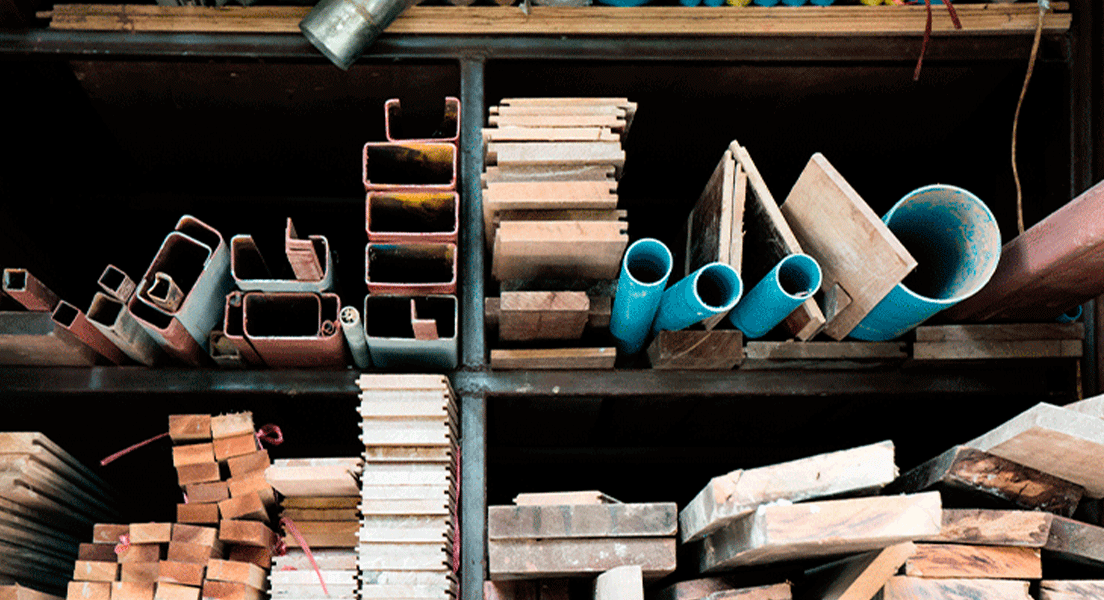Guidelines to strengthen the circularity of construction projects

The Madaster Switzerland association and partners have developed a guideline that can be used to measure circularity in construction projects. It is intended to help turn the building stock in Switzerland into a material stock.
The Madaster Switzerland association and partners from politics, business and science have developed a guideline that can be used to measure the circularity of construction projects in terms of their material mass, Circular Hub reports in a press release. The knowledge and network platform for circular construction in Switzerland acts as the coordination centre for the project Making circularity measurable. The guide “Making circularity measurable: a Swiss circularity indicator” is primarily aimed at planners of construction projects.
“This guide marks a historic moment for the construction and property industry in Switzerland,” said Patrick Eberhard, President of the Madaster Switzerland association, in the press release. “For the first time, it offers the possibility of making the circularity of buildings measurable and thus supports the vision of transforming the Swiss building stock into a circular material store.” The guidelines can be used for the planning of new buildings as well as for building renovations. In addition to European standards, the specific conditions of the Swiss construction industry are also taken into account.
The guidelines provide clients, architects and planning offices with assistance in integrating quantified specifications into the tendering process. At a political level, the guidelines should make it possible to quantify specifications for the circular economy in the construction sector.
A complete list of the companies and organisations involved in the project can be found in the press release. The guidelines have already undergone initial practical testing in pilot projects. The Madaster platform is being used to calculate circularity and analyse specific property data.